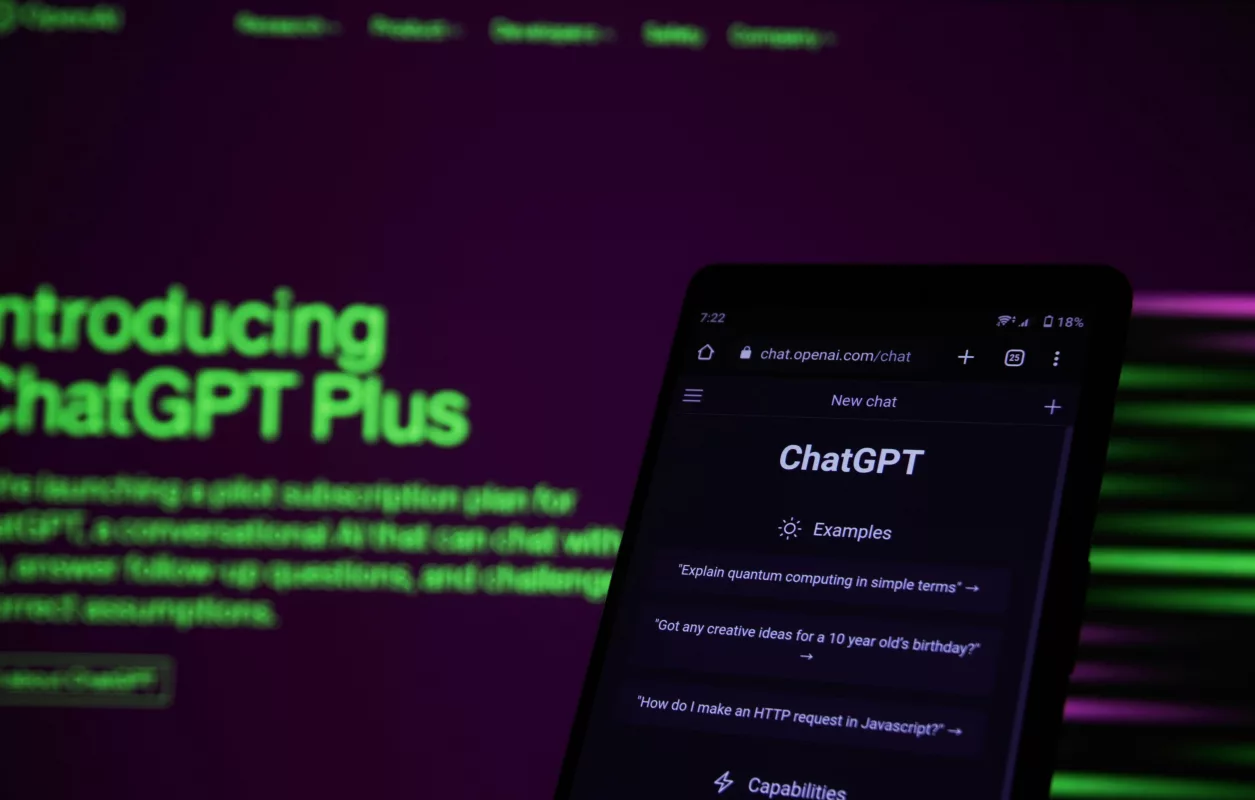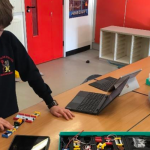Introduction: Navigating the AI Revolution in Education
In the digital age, where technology intersects with every aspect of learning, ChatGPT stands as a beacon of innovation in the educational landscape, particularly in enhancing student writing skills. For educators striving to merge traditional teaching methods with cutting-edge technology, ChatGPT offers a unique opportunity to transform students’ writing abilities. This comprehensive guide explores six compelling ways teachers can utilize ChatGPT to foster improved student writing skills, providing real-world examples and actionable advice.

1. Interactive Writing Sessions: A New Classroom Dynamic
ChatGPT revolutionizes writing education by introducing interactive writing sessions. This AI tool acts as a collaborative partner, engaging students in guided writing exercises that challenge and refine their writing abilities. Teachers can harness ChatGPT to simulate real-world writing scenarios, from crafting persuasive essays to exploring creative narratives, thereby honing students’ skills in various writing styles. This method promotes an engaging and responsive learning environment where students receive immediate feedback and suggestions, making the writing process more dynamic and effective.
2. Tailored Feedback: Personalized Learning with AI
ChatGPT‘s most significant strength is its capacity to provide personalized feedback on student writing. By analyzing individual writing pieces, this AI tool can offer targeted suggestions and corrections, ensuring that each student’s unique writing style and skill level are acknowledged and nurtured. Teachers can leverage ChatGPT to reinforce classroom instruction, offering students additional support in refining their writing skills. This approach caters to diverse learning styles and paces, making it an invaluable asset in the educator’s toolkit.
3. Creative Writing Prompts: Inspiring Imagination
ChatGPT is a fountain of creative inspiration, generating many writing prompts that can ignite students’ imaginations and encourage them to explore different writing genres. These prompts, tailored to suit various educational levels and interests, can be used in classroom activities to stimulate creative thinking and expression. Whether it’s a science fiction scenario or a historical event reimagined, ChatGPT’s prompts can open new avenues for students to express their creativity, enhancing their writing skills.
4. Grammar and Style Refinement: The AI Edge
ChatGPT emerges as a critical ally for students in the realm of grammar and style. This AI tool provides instant feedback on grammar, punctuation, and stylistic elements, helping students understand and correct their mistakes in real-time. Teachers can integrate ChatGPT into their lesson plans to reinforce grammar rules and encourage stylistic experimentation, ultimately leading to a more refined and polished student writing output.
5. Self-Editing Skills: Fostering Independence
A crucial aspect of writing education is teaching students the art of self-editing. ChatGPT can be instrumental in this process, guiding students to identify areas for improvement in their writing and encouraging them to make thoughtful revisions. This interaction enhances their editing skills and fosters a sense of independence and confidence in their writing abilities. Teachers can use ChatGPT to create exercises focusing on self-editing, empowering students to take ownership of their writing process.

6. Interactive Writing Challenges: Engaging and Educating
Educators can employ ChatGPT to design interactive writing challenges to enhance writing skills. These challenges, which can range from short story contests to essay writing on current events, encourage active participation and allow students to apply their learning in a practical, enjoyable manner. By incorporating elements of competition and collaboration, these challenges can significantly boost student engagement and motivation, leading to a deeper understanding and appreciation of the writing craft.
Conclusion: Charting the Future of Writing Education with ChatGPT
Integrating ChatGPT into writing education marks a significant shift in teaching methodologies. With its array of features, from offering personalized feedback to fostering creative expression, ChatGPT enriches the quality of writing education and aligns with the contemporary need for interactive, technology-driven learning experiences. As educators navigate this AI revolution, ChatGPT is an indispensable tool in shaping the future of educational practices, especially in developing language and writing skills.
In an era where digital literacy is paramount, embracing ChatGPT in the writing curriculum is not just innovative; it’s essential. This tool elevates the quality of writing education and meets the modern-day requirements for engaging, technology-enhanced learning experiences. By harnessing the power of ChatGPT, educators can equip their students with the skills necessary to excel in writing, setting them on a path to academic success and beyond.
See more here: https://en.unesco.org/artificial-intelligence/education
Actionable Advice for Teachers: Implementing ChatGPT in Your Classroom
- Start Small: Introduce ChatGPT with simple writing tasks and gradually increase complexity as students become more comfortable with the technology.
- Blend with Traditional Methods: Use ChatGPT to supplement your teaching strategies, ensuring a balanced approach to writing education.
- Encourage Exploration: Motivate students to experiment with different writing styles and genres through ChatGPT’s diverse prompts and suggestions.
- Monitor Progress: Regularly assess students’ writing improvements and adapt your use of ChatGPT based on their evolving needs and skills.
- Foster Collaboration: Create group writing projects where students can use ChatGPT collaboratively, encouraging teamwork and collective learning.
- Stay Informed: Keep up-to-date with the latest AI and educational technology developments to continuously enhance your teaching methods.
As educators, your role in guiding students through this AI-enhanced learning journey is pivotal. By strategically integrating ChatGPT into your teaching, you not only enhance your students’ writing skills but also prepare them for a future where technology and education are inextricably linked. Embrace this opportunity to be at the forefront of educational innovation, inspiring a new generation of confident, skilled writers.Incorporating ChatGPT into your teaching strategy offers a unique opportunity to enhance your students’ writing skills while embracing the potential of AI in education. By following these actionable steps and leveraging the power of ChatGPT, you can provide your students with a more dynamic, engaging, and effective learning experience. As you embark on this journey, remember that the goal is to improve writing skills and prepare students for a future where technology and creativity go hand in hand.
Emily R. Parker 🖋️
Primary School Teacher



